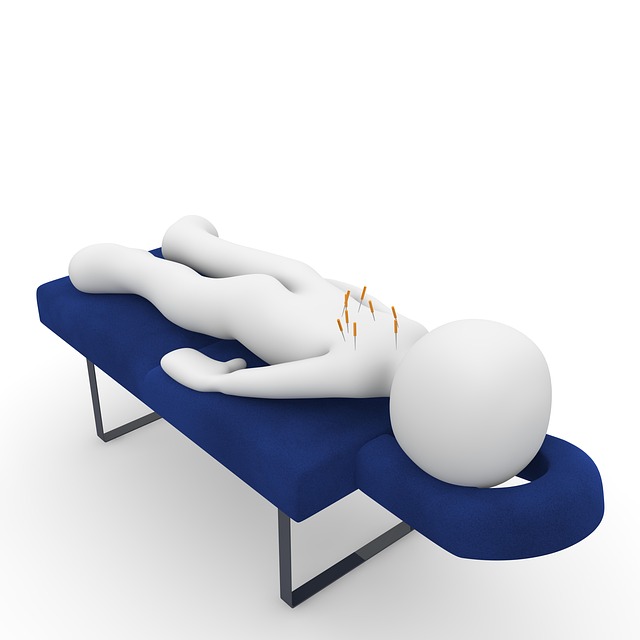Photobiomodulation, or red light therapy, is a non-invasive treatment that uses specific red wavelengths to stimulate mitochondria and enhance cellular energy production. It significantly accelerates muscle healing, reduces inflammation, and improves tissue repair, making it popular in sports medicine for athletes seeking faster recovery, better performance, and reduced post-exercise soreness.
Red light therapy, or photobiomodulation, has emerged as a promising tool in the world of sports science. This gentle yet powerful treatment uses specific wavelengths of red light to stimulate cells and enhance various physiological processes. In this article, we explore how photobiomodulation can revolutionise athletic performance by accelerating muscle recovery and repair. We delve into the evidence supporting its use, safety considerations, and practical applications for athletes seeking an edge in their training and competitions.
Understanding Photobiomodulation: A Gentle Light Therapy
Red light therapy, also known as photobiomodulation, is a non-invasive treatment that uses specific wavelengths of red light to interact with the body’s cells. This gentle yet powerful therapy has gained attention in the athletic world for its potential benefits in enhancing muscle recovery and performance. Photobiomodulation works by penetrating the skin and stimulating mitochondria, the powerhouses of cells, which can lead to increased cellular energy production.
This technology is believed to accelerate the healing process of damaged muscles, reduce inflammation, and improve overall tissue repair. By promoting faster recovery, athletes may experience shorter rest periods between intense training sessions or competitions. With its potential to optimize muscle health and performance, photobiomodulation for muscle recovery has become an exciting area of study for sports medicine professionals and athletes alike.
Muscle Recovery Benefits: Accelerating Repair Process
Red light therapy, also known as photobiomodulation, has gained attention in the athletic community due to its potential benefits for muscle recovery. This non-invasive treatment involves exposing the body to specific wavelengths of red light, which can stimulate cellular processes at a molecular level. When applied to muscles, it accelerates the repair process by enhancing collagen synthesis and increasing mitochondrial density.
The accelerated repair process is particularly beneficial for athletes who engage in intense training or participate in high-impact sports. By reducing muscle inflammation and speeding up tissue regeneration, red light therapy can help athletes recover faster from workouts, reduce post-exercise soreness, and improve overall performance. This innovative approach to recovery offers a promising alternative to traditional methods, potentially revolutionizing how athletes prepare for and recover from their training sessions.
Enhancing Athletic Performance: Evidence and Mechanisms
Red light therapy, through its mechanism of photobiomodulation, has garnered attention in the sports and fitness world as a potential tool to enhance athletic performance and accelerate muscle recovery. Numerous studies have explored this non-invasive approach, suggesting that it can positively impact various aspects of physical prowess.
The evidence suggests that red light exposure stimulates cellular processes, promoting increased mitochondrial density, enhanced energy production, and improved circulation. These effects can translate into better endurance, faster reaction times, and quicker muscle recovery post-exercise. Additionally, photobiomodulation is believed to reduce inflammation, which is particularly beneficial for athletes dealing with recurring injuries or chronic soreness. This technology’s ability to provide targeted and personalized treatment makes it an intriguing option for athletes seeking a competitive edge while prioritizing injury prevention and overall well-being.
Safety and Practicality: Using Red Light for Athletes
Red light therapy, through its mechanism of photobiomodulation, has gained popularity among athletes seeking an edge in performance and recovery. When used safely and appropriately, red light can be a practical tool for muscle recovery and injury prevention. The low-level light energy penetrates deep into tissues, stimulating mitochondria to produce adenosine triphosphate (ATP), the body’s primary energy source. This process supports faster repair of damaged muscle fibers, reduces inflammation, and improves circulation—all key factors in athletic recovery.
Practicality is another advantage for athletes. Red light therapy sessions are non-invasive, painless, and can be easily incorporated into training routines. Athletes can perform treatments at home using portable devices, saving time and money compared to traditional recovery methods. Moreover, red light therapy has minimal side effects when used correctly, making it a safe choice for professionals looking to enhance their performance and speed up recovery between intense workouts.
Red light therapy, or photobiomodulation, shows promising potential as a tool for athletes to enhance performance. By accelerating the repair process and potentially increasing mitochondria production, this non-invasive technique offers a safe and practical method for muscle recovery. Further research is needed to fully understand its mechanisms of action, but initial evidence suggests that incorporating red light therapy into training routines could be a game-changer for athletes seeking an edge in today’s competitive sports landscape.
